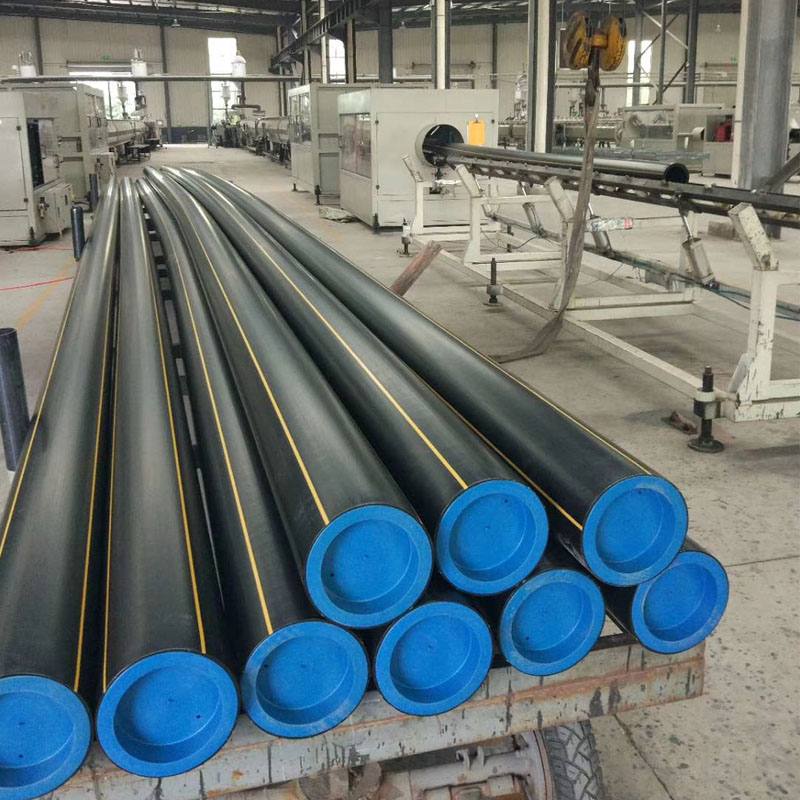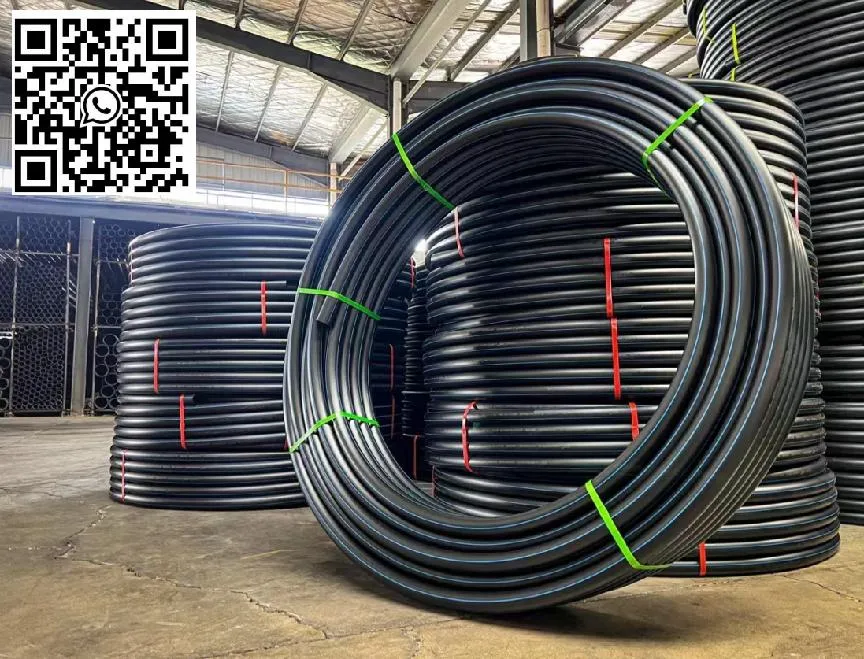May . 09, 2025 18:10 Back to list
HDPE Elbows & PPR Pipe Fittings - Durable, Custom Solutions
- Introduction to HDPE and PPR Elbow Fittings
- Technical Advantages of HDPE Elbows in Modern Infrastructure
- Comparing Leading PPR Pipe Elbow Manufacturers
- Customization Options for Industrial Applications
- Case Studies: HDPE Elbows in Action
- Sustainability and Cost Efficiency
- Future Trends in Pipe Elbow Manufacturing

(hdpe elbow )
HDPE Elbow and PPR Fittings: Building Robust Pipelines
High-Density Polyethylene (HDPE) elbows and Polypropylene Random Copolymer (PPR) pipe elbows are critical components in modern fluid transport systems. With global demand for corrosion-resistant piping solutions projected to grow at a 6.8% CAGR through 2030, manufacturers are prioritizing precision engineering and material innovation. These fittings ensure leak-free directional changes in pipelines across municipal, industrial, and agricultural sectors.
Technical Superiority in Material Engineering
HDPE elbows outperform traditional metal alternatives with a 50-year service life and 100% recyclability. Key technical metrics include:
- Pressure rating: 12.5 bar at 20°C (EN 12201 standard)
- Thermal expansion coefficient: 0.2 mm/m°C
- Chemical resistance: pH 2-14 stability
PPR pipe elbow factories utilize advanced copolymer blends to achieve 30% higher impact resistance compared to standard PP fittings, with fusion temperatures optimized between 260-280°C.
Manufacturer Benchmark Analysis
| Parameter | Top HDPE Elbow Producer | Leading PPR Elbow Factory | Industry Average |
|---|---|---|---|
| Production Capacity | 8M units/year | 5.2M units/year | 3.1M units/year |
| Certifications | ISO 9001, NSF-61 | EN ISO 15874, WRAS | ISO 9001 |
| Lead Time | 14 days | 21 days | 30 days |
Tailored Solutions for Complex Requirements
Advanced manufacturers now offer:
- Angular variations from 11.25° to 90°
- DN20-DN1200 sizing compatibility
- Electrofusion and butt fusion end types
A recent project for Singapore's PUB water authority required custom 45° HDPE elbows with 3.2mm wall thickness to withstand 16-bar surge pressures.
Performance Validation Through Real-World Applications
In the 2023 Jakarta Water Supply Upgrade:
- 12,000 HDPE elbows installed across 78km network
- Zero joint failures after 14-month operation
- 7% reduction in pumping energy costs
Eco-Friendly Manufacturing Practices
Leading PPR pipe elbow manufacturers have achieved:
- 42% reduction in production energy consumption (2018-2023)
- Closed-loop water recycling systems
- 93% post-industrial material reuse rate
HDPE Elbow Innovations Shaping Tomorrow's Infrastructure
The integration of smart sensors in HDPE elbows is revolutionizing pipeline management. A pilot project in Germany's Ruhr Valley achieved 92% predictive maintenance accuracy using strain-gauged fittings. As PPR pipe elbow factories adopt Industry 4.0 practices, expect 15-20% efficiency gains in thermal forming processes by 2025.

(hdpe elbow )
FAQS on hdpe elbow
Q: What are the key differences between HDPE elbows and PPR pipe elbows?
A: HDPE elbows are made from high-density polyethylene, ideal for high-pressure and corrosion-resistant applications. PPR pipe elbows use polypropylene random copolymer, suited for hot/cold water systems. Material properties and temperature tolerance differ significantly.
Q: How to identify reliable PPR pipe elbow manufacturers?
A: Look for ISO 9001-certified PPR pipe elbow manufacturers with verified material test reports. Prioritize factories offering compliance with ASTM/EN standards. Check client reviews and project portfolios for quality validation.
Q: What industries commonly use HDPE elbows?
A: HDPE elbows are widely used in mining, agriculture, and municipal water systems. They excel in chemical processing due to corrosion resistance. Industrial drainage and gas distribution also frequently utilize them.
Q: Do PPR pipe elbow factories provide custom sizing options?
A: Reputable PPR pipe elbow factories offer custom diameters (20mm-160mm) and angles (45°/90°/180°). They use injection molding for precise specifications. Confirm MOQ requirements and tolerance standards before ordering.
Q: What certifications should HDPE elbow suppliers have?
A: Trusted HDPE elbow suppliers should hold ISO 14001 and ASTM D3350 certifications. For pressure applications, ensure compliance with ISO 4427 or EN 12201. NSF/ANSI 61 certification is critical for potable water systems.
-
DN500 HDPE Double Wall Corrugated Drain Pipes for High Durability
NewsJul.24,2025
-
DN500 HDPE Double Wall Corrugated Drain Pipes for Efficient Drainage
NewsJul.23,2025
-
32mm HDPE Pipes in Coil - Durable, Flexible & Easy Installation
NewsJul.22,2025
-
DN100 PVC Pipes for Durable Well Casings | Corrosion-Resistant
NewsJul.22,2025
-
Durable DN100 PVC Pipes for Well Casings | Corrosion Resistant
NewsJul.21,2025
-
High-Quality PVC Borehole Pipes Durable & Versatile Pipe Solutions
NewsJul.08,2025

